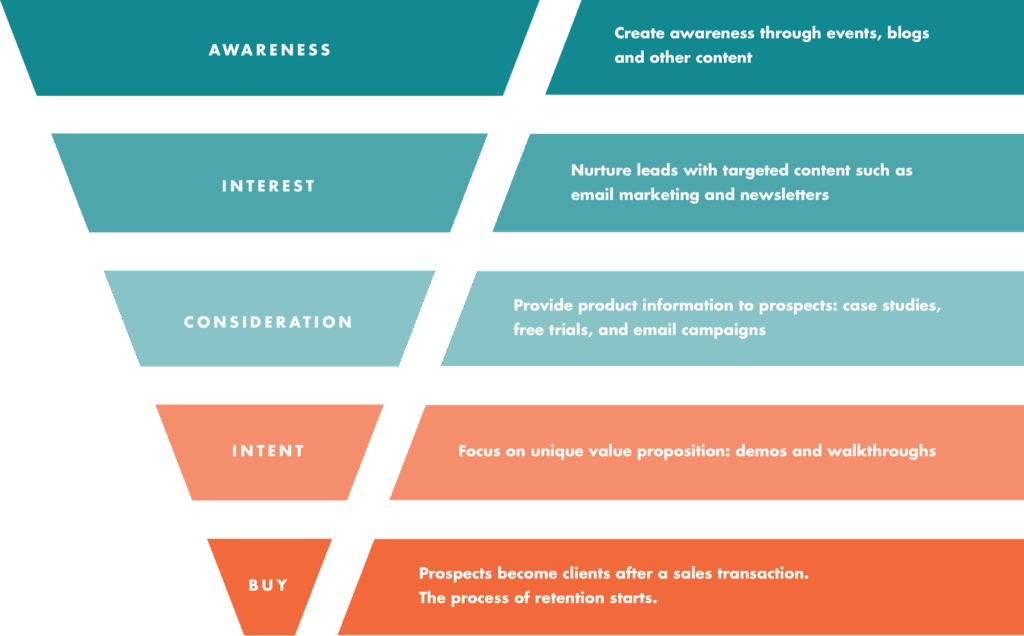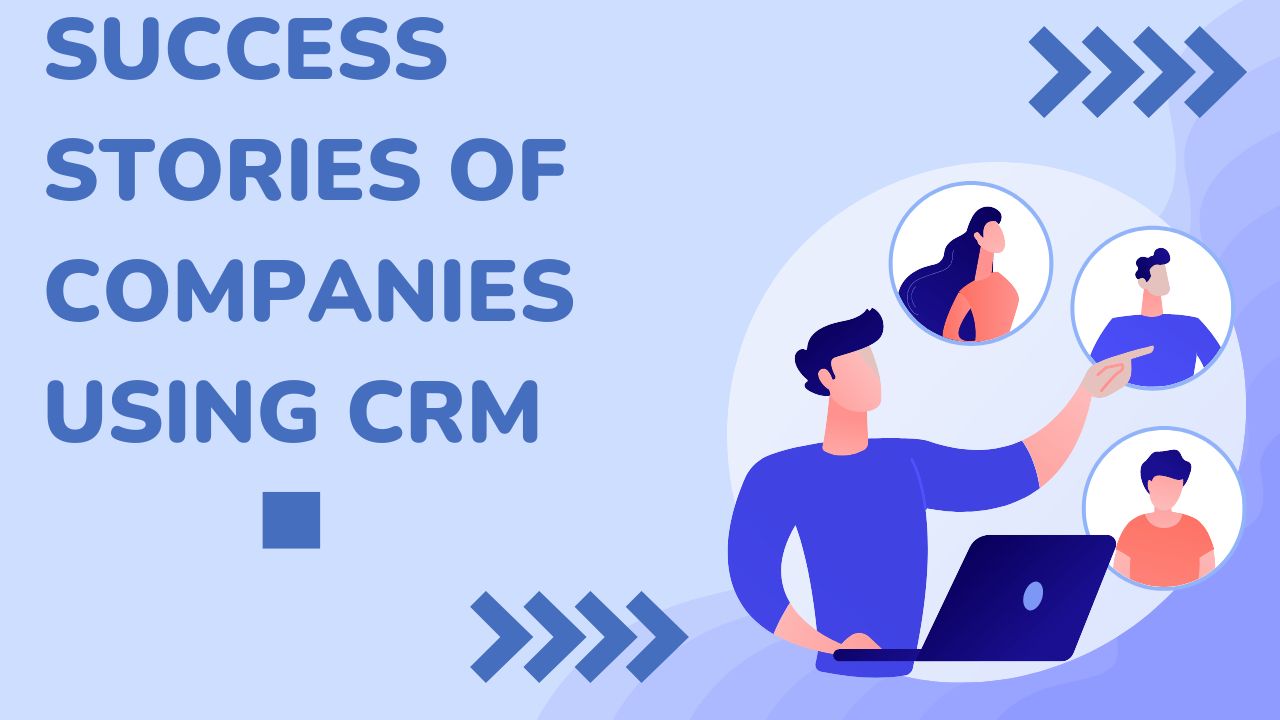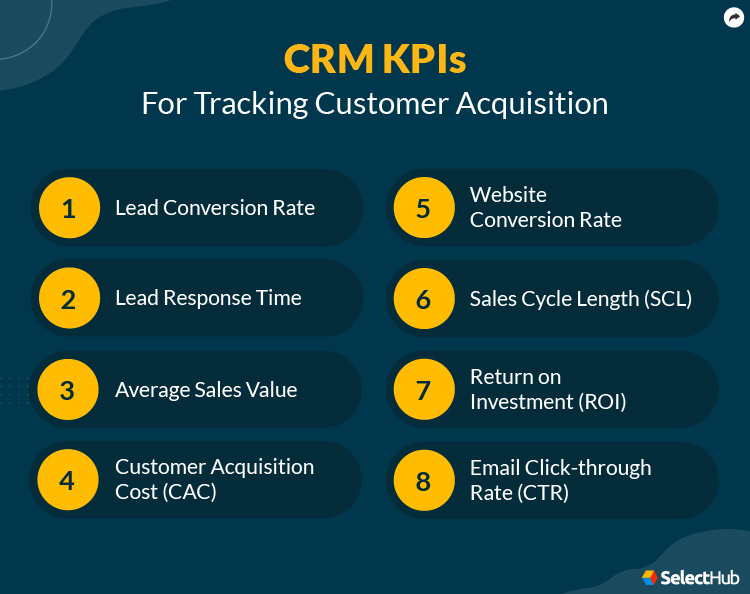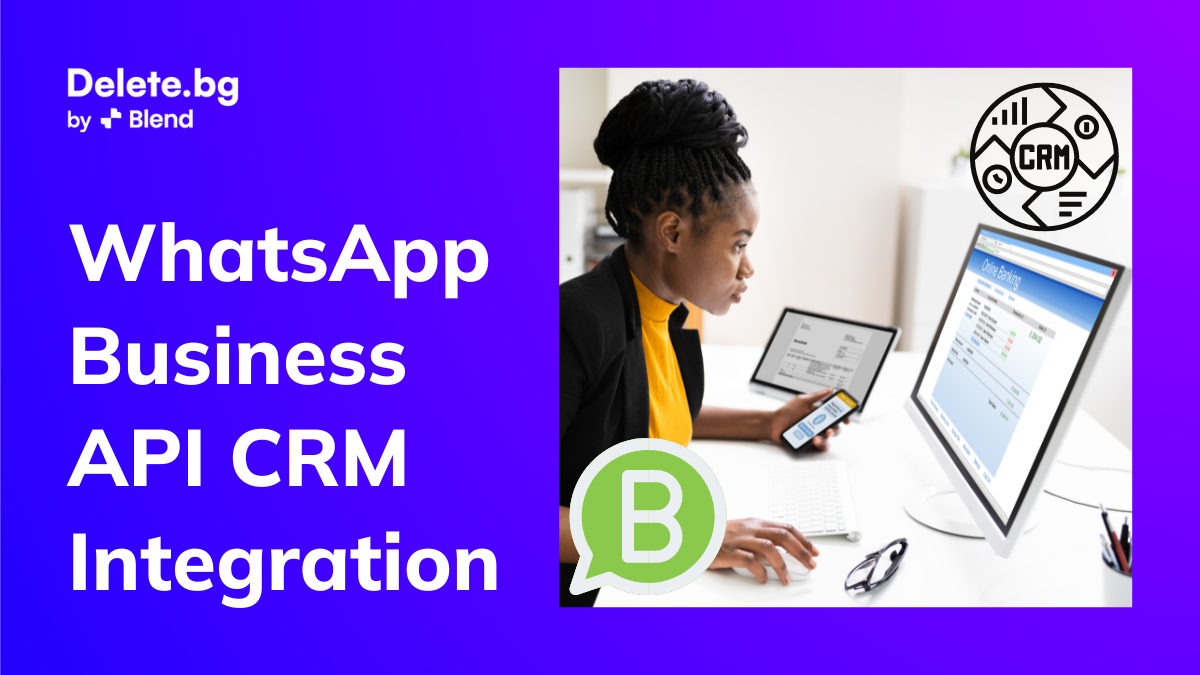
Introduction: The Power of a Well-Defined CRM Marketing Funnel
In the dynamic world of marketing, understanding your customer journey is paramount. This is where the CRM marketing funnel comes into play. It’s more than just a fancy term; it’s a strategic framework that maps out the stages a customer goes through, from initial awareness to becoming a loyal advocate. Setting up a robust CRM marketing funnel is crucial for businesses of all sizes, as it allows you to nurture leads effectively, personalize customer experiences, and ultimately, drive conversions and revenue growth. Think of it as the roadmap to your sales success.
This comprehensive guide will delve into the intricacies of setting up a CRM marketing funnel. We’ll explore the key stages, best practices, and practical tips to help you build a high-performing funnel that aligns with your business goals. Whether you’re a seasoned marketer or just starting out, this guide will provide you with the knowledge and tools you need to succeed. Get ready to transform your marketing efforts and unlock the full potential of your CRM system.
Understanding the CRM Marketing Funnel: Stages and Significance
Before diving into the setup process, it’s essential to understand the fundamental stages of a CRM marketing funnel. While specific models may vary, the core stages generally include:
- Awareness: This is the initial stage where potential customers become aware of your brand, products, or services. It’s about making a first impression.
- Interest: Once aware, prospects begin to show interest. They might visit your website, download a resource, or engage with your social media content.
- Decision: This is the crucial stage where prospects evaluate their options and decide whether to purchase from you.
- Action (Conversion): The moment of truth! This is when the prospect converts into a customer by making a purchase, signing up for a service, or taking another desired action.
- Retention: Once they become a customer, the focus shifts to retaining them. This involves providing excellent customer service, building loyalty, and encouraging repeat purchases.
- Advocacy: The ultimate goal. Happy customers become brand advocates, recommending your business to others and providing valuable feedback.
Each stage requires a tailored approach. For example, in the awareness stage, you’ll focus on creating engaging content and running targeted advertising campaigns. In the decision stage, you’ll provide compelling product information, customer testimonials, and special offers. Understanding these stages allows you to create targeted marketing campaigns.
Choosing the Right CRM System: A Foundation for Success
The foundation of your CRM marketing funnel is your CRM system. Selecting the right one is a critical first step. The ideal CRM should align with your business needs, budget, and technical capabilities. Some popular CRM systems include:
- Salesforce: A leading CRM platform known for its extensive features and customization options.
- HubSpot CRM: A user-friendly and all-in-one marketing, sales, and service platform.
- Zoho CRM: A versatile CRM solution that offers a range of features at a competitive price.
- Pipedrive: A sales-focused CRM designed for managing deals and tracking sales performance.
- Microsoft Dynamics 365: A comprehensive CRM solution integrated with other Microsoft products.
When choosing a CRM, consider the following factors:
- Features: Ensure the CRM offers the features you need, such as contact management, lead tracking, email marketing integration, and reporting capabilities.
- Scalability: Choose a CRM that can grow with your business.
- Integration: Check if the CRM integrates with your existing tools and platforms, such as your website, email marketing software, and social media channels.
- Ease of Use: Opt for a user-friendly CRM that your team can easily adopt.
- Cost: Consider the pricing plans and choose a CRM that fits your budget.
Once you’ve selected your CRM, the real work begins: setting up your funnel.
Step-by-Step Guide to Setting Up Your CRM Marketing Funnel
Now, let’s walk through the practical steps involved in setting up your CRM marketing funnel. We’ll cover each stage and provide actionable tips.
1. Define Your Target Audience
Before anything else, you need to know who you’re targeting. Create detailed customer personas that represent your ideal customers. Consider their demographics, psychographics, pain points, and motivations. This will help you tailor your messaging and marketing efforts.
2. Map Your Customer Journey
Outline the steps your customers take from the initial interaction with your brand to becoming a loyal customer. This includes all touchpoints, such as website visits, social media engagement, email interactions, and purchases. Understanding the journey helps you identify opportunities to engage and nurture leads.
3. Set Up Lead Capture Mechanisms
You need a way to capture leads and gather information about potential customers. Implement lead capture mechanisms on your website, such as:
- Forms: Use forms to collect information from visitors who want to download resources, sign up for newsletters, or request a demo.
- Landing Pages: Create dedicated landing pages for specific offers and campaigns.
- Pop-up Forms: Use pop-up forms to capture email addresses. Be careful not to be too intrusive.
- Chatbots: Integrate chatbots to engage with website visitors.
Make sure your forms are mobile-friendly and easy to fill out. Offer valuable incentives, such as ebooks, webinars, or exclusive discounts, to encourage people to provide their information.
4. Segment Your Leads
Once you start capturing leads, segment them based on their behavior, demographics, and interests. This allows you to send targeted messages and personalize their experience. Segmentation can be based on:
- Source: Where did the lead come from? (e.g., website, social media, paid advertising)
- Behavior: What actions did the lead take? (e.g., downloaded a resource, visited a specific page)
- Demographics: What are the lead’s characteristics? (e.g., age, location, industry)
- Interests: What topics or products are the lead interested in?
5. Create Targeted Content
Develop content that addresses the specific needs and interests of each segment. This includes:
- Blog Posts: Create informative and engaging blog posts that address your audience’s pain points.
- Ebooks and Whitepapers: Offer in-depth resources that provide valuable insights.
- Videos: Produce videos that showcase your products, services, or brand.
- Email Campaigns: Design email campaigns that nurture leads and guide them through the funnel.
- Social Media Updates: Share relevant content on your social media channels.
Make sure your content is aligned with each stage of the funnel. For example, in the awareness stage, you’ll focus on creating engaging content that attracts attention. In the decision stage, you’ll provide information that helps leads make informed decisions.
6. Automate Your Marketing Workflows
Automation is key to scaling your marketing efforts. Use your CRM to automate tasks such as:
- Lead Nurturing: Set up automated email sequences that nurture leads and guide them through the funnel.
- Email Marketing: Automate email campaigns, such as welcome emails, onboarding emails, and promotional emails.
- Task Reminders: Set up reminders for sales reps to follow up with leads.
- Lead Scoring: Automatically score leads based on their behavior and engagement.
Automation saves time and ensures that you’re consistently engaging with your leads.
7. Implement Lead Scoring
Lead scoring helps you prioritize your leads and identify those who are most likely to convert. Assign points to leads based on their behavior, demographics, and engagement. For example, a lead who downloads a case study might receive more points than a lead who simply visits your website. Your sales team can then focus on the highest-scoring leads.
8. Set Up Sales Automation
Integrate your CRM with your sales processes. This includes:
- Automated Task Creation: Automate the creation of tasks for sales reps, such as follow-up calls and demos.
- Deal Stage Automation: Automatically update deal stages as leads move through the sales process.
- Sales Reporting: Generate reports that track sales performance and identify areas for improvement.
Sales automation streamlines the sales process and improves efficiency.
9. Track and Analyze Your Results
Regularly track and analyze your funnel’s performance. Use your CRM’s reporting capabilities to monitor key metrics, such as:
- Website Traffic: Track website visits and conversions.
- Lead Generation: Monitor the number of leads generated.
- Conversion Rates: Track conversion rates at each stage of the funnel.
- Sales Performance: Track sales revenue and deal closure rates.
- Customer Lifetime Value (CLTV): Calculate the CLTV to understand the long-term value of your customers.
Use the data to identify areas for improvement and optimize your funnel.
10. Optimize Your Funnel
Continuously optimize your funnel based on your data and insights. This includes:
- A/B Testing: Conduct A/B tests on your landing pages, email subject lines, and call-to-actions.
- Content Optimization: Refine your content based on performance data.
- Workflow Adjustments: Adjust your marketing workflows to improve efficiency.
- Segmentation Refinement: Refine your audience segmentation to improve targeting.
Funnel optimization is an ongoing process. Remember to never stop experimenting and refining your strategy.
Advanced CRM Marketing Funnel Strategies
Once you’ve established the basics, consider these advanced strategies:
Personalization at Scale
Leverage your CRM data to personalize the customer experience. This includes:
- Personalized Email Content: Use dynamic content to personalize email messages.
- Website Personalization: Customize website content based on a visitor’s behavior and interests.
- Product Recommendations: Provide personalized product recommendations based on a customer’s purchase history.
Personalization can significantly improve engagement and conversion rates.
Multi-Channel Marketing
Integrate your CRM with other marketing channels, such as:
- Social Media: Use social media to generate leads and engage with customers.
- Paid Advertising: Run targeted advertising campaigns to drive traffic to your website.
- SMS Marketing: Use SMS marketing to send timely updates and promotions.
A multi-channel approach increases your reach and allows you to connect with customers in different ways.
Customer Segmentation Refinement
Continuously refine your customer segmentation based on your data and insights. Create more granular segments to improve targeting and personalization. Consider using:
- Behavioral Segmentation: Segment customers based on their behavior.
- RFM Analysis: Use recency, frequency, and monetary value (RFM) analysis to segment customers.
- Lookalike Audiences: Create lookalike audiences on social media to target potential customers.
Marketing Automation Workflows
Create advanced marketing automation workflows. Consider using:
- Behavior-Based Triggers: Trigger actions based on a customer’s behavior.
- Dynamic Content: Use dynamic content to personalize your website and emails.
- Lead Scoring: Implement advanced lead scoring models.
Sophisticated marketing automation workflows can significantly improve efficiency and effectiveness.
Measuring the Success of Your CRM Marketing Funnel
Measuring the success of your CRM marketing funnel is crucial for making informed decisions and optimizing your strategies. Key metrics to track include:
- Conversion Rates: Track the percentage of leads that convert at each stage of the funnel.
- Cost Per Acquisition (CPA): Calculate the cost of acquiring a new customer.
- Customer Lifetime Value (CLTV): Determine the average revenue generated by a customer over their relationship with your business.
- Return on Investment (ROI): Measure the return on your marketing investments.
- Lead Generation: Track the number of leads generated.
- Website Traffic: Monitor website traffic and engagement.
Analyze these metrics regularly to identify areas for improvement and track the overall performance of your funnel.
Troubleshooting Common CRM Marketing Funnel Issues
Even with careful planning, you may encounter challenges when setting up and managing your CRM marketing funnel. Here are some common issues and how to address them:
- Poor Data Quality: Ensure data accuracy by regularly cleaning and updating your CRM data.
- Lack of Integration: Ensure seamless integration between your CRM and other marketing tools.
- Low Lead Quality: Refine your lead capture methods and targeting to attract higher-quality leads.
- Ineffective Content: Create engaging and relevant content that resonates with your target audience.
- Lack of Automation: Implement marketing automation to streamline your workflows.
- Poor Reporting: Set up comprehensive reporting to track key metrics and identify areas for improvement.
Addressing these issues will help you optimize your funnel and achieve better results.
Conclusion: Building a Thriving CRM Marketing Funnel
Setting up a CRM marketing funnel is a powerful way to attract, nurture, and convert leads into loyal customers. By following the steps outlined in this guide, you can create a high-performing funnel that aligns with your business goals. Remember to choose the right CRM system, define your target audience, map your customer journey, and create targeted content. Automate your marketing workflows, track your results, and continuously optimize your funnel. With a well-defined CRM marketing funnel in place, you’ll be well-equipped to drive conversions, increase revenue, and build lasting customer relationships. The journey requires consistent effort, but the rewards are well worth it. Embrace the power of the CRM marketing funnel, and watch your business flourish.
Embrace the data, experiment with new strategies, and adapt your approach as needed. The world of marketing is constantly evolving, so staying agile and informed is crucial. The key to success lies in understanding your customers, personalizing their experiences, and providing them with exceptional value at every stage of their journey. With a well-defined CRM marketing funnel, you’ll not only improve your marketing ROI but also build stronger, more valuable relationships with your customers. This is your roadmap to sustained growth and customer loyalty.


